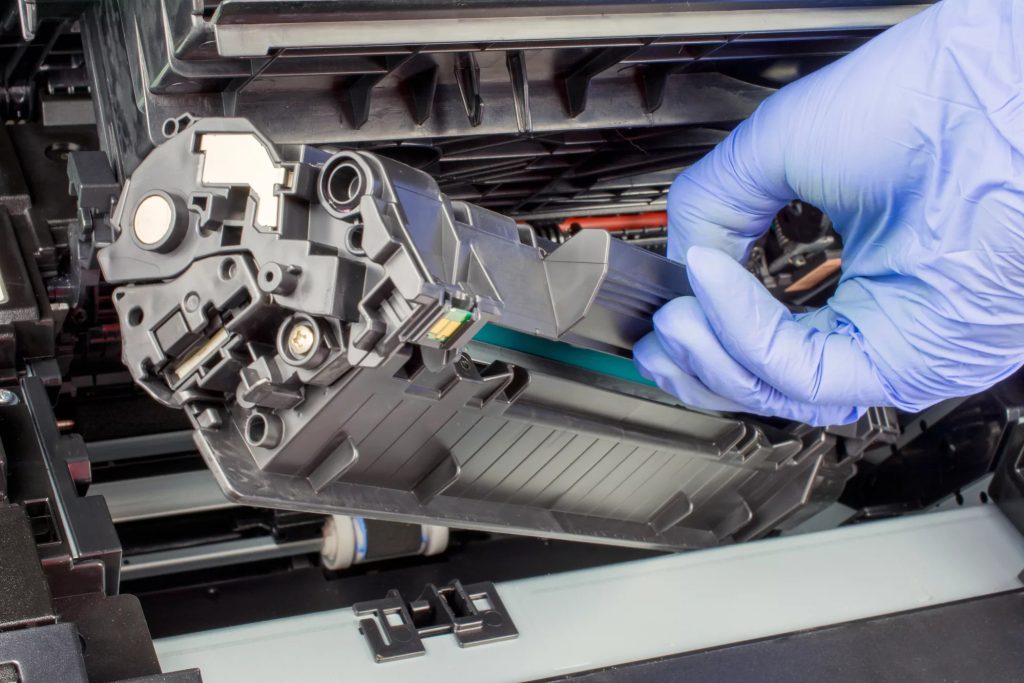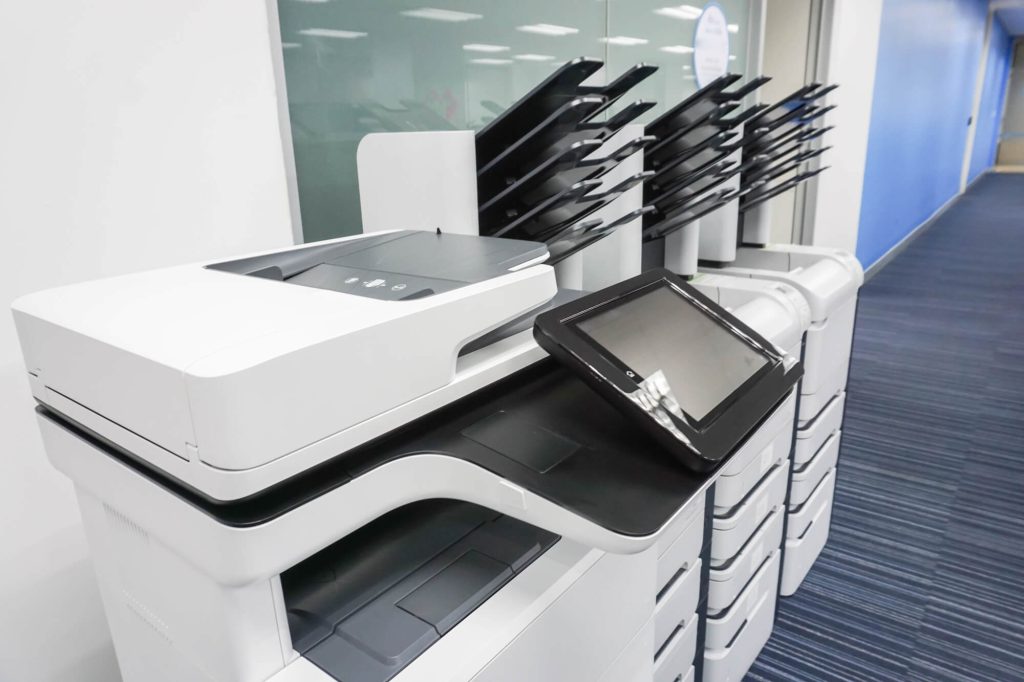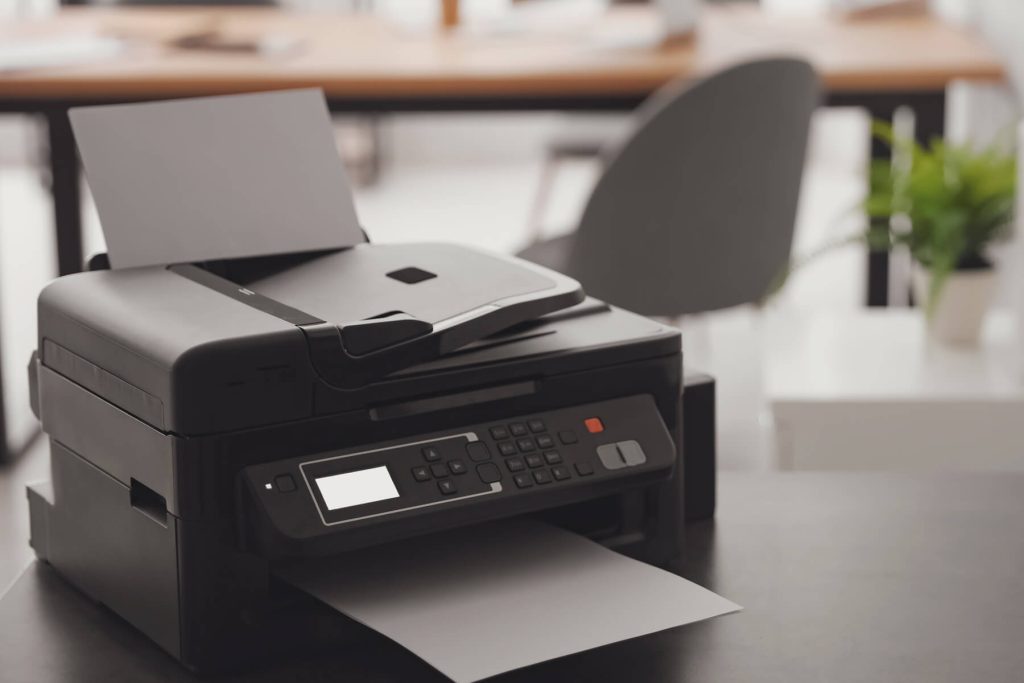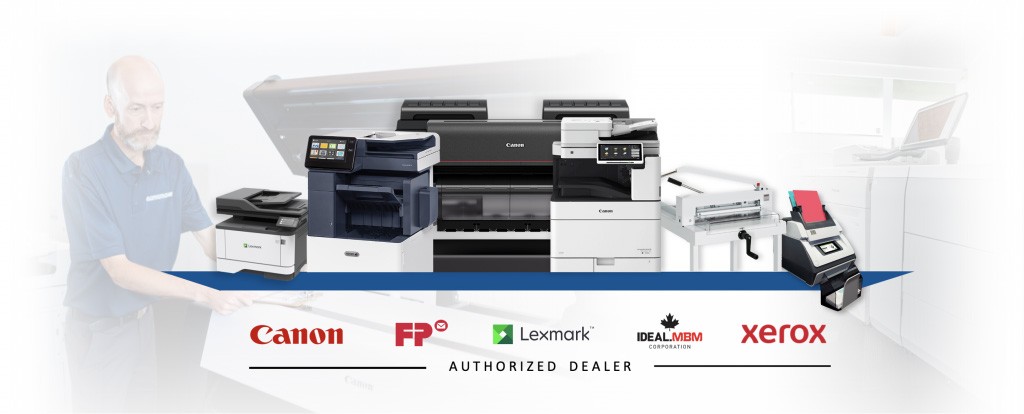In-house Print Management – Reduce Costs, Improve Image
34 billion dollars – This is the amount of money companies spend every year in the world to print documents. This corresponds to 6% of sales. Optimization of printer management and internal organization promises to effectively reduce operating costs while also improving the company’s image.
High spending on print products seems unnecessary, especially in an era of advancing digitalisation, as the bulk of paper traffic has already been replaced by e-mails, digital invoices or advertisements via social media platforms. And yet: very high printing costs at large companies are the rule, not the exception. So where do they occur and how can they be prevented?
Save Money İn The Long Run with The Right Printer Equipment
Long-term cost savings start before the first print because the right printer model and the right printer accessories are the foundation for cheap printing. However, the choice of equipment should not depend solely on the purchase price: If you want to keep printing costs low in the long run, you should consider the following points when making a purchasing decision:
- Power consumption: Is there an energy saving mode?
- Costs of accessories such as ink cartridges or toner
- Ink or toner consumption
These cost factors also depend on the type of printer: a laser printer is more expensive to buy, but more affordable for larger print volumes. An inkjet printer, on the other hand, impresses with very good print results, even with photo printing, but is slower and often has a limited lifespan. Whether a laser printer or an inkjet printer is the right choice depends on the requirements of the respective company.
You can also save money with XL versions of toners or ink cartridges. Compared to smaller variants, they are not only cheaper, but also have the advantage that, due to their wider range, they are less ordered and replaced – thus saving valuable time. Operating costs can be further reduced with value packs and discounts when purchasing larger quantities.
Position and Replace Printer Correctly
Especially for larger companies often multiple printers are required to be in use. It may make sense to use different printers for different purposes. It is therefore recommended that you run large print jobs with a laser printer and reserve the inkjet printer, if available, for higher quality color prints. Not only is this more cost-effective, it also avoids continuous operation of individual devices. This is particularly advantageous when printers are in the immediate vicinity of workers and are exposed to potential pollutants, noise and ambient heating. This is one of the reasons why it is important to regularly maintain printers, because it is the only way to ensure that printers operate cost-effectively and are not harmful to health.
In general, well-used printers should be replaced after four to six years of use. If a device no longer meets the company’s requirements after several years of use, it doesn’t have to go to waste right away. Using it elsewhere in the company as a refurbished printer or selling it to another company is more economical and ecologically sustainable – because performance values are usually only slightly worse than new devices.
Understand Printing Costs
In order to effectively reduce printing costs in the firm, it is first necessary to fully understand how they arise. The following questions help bring more transparency to the print organization:
- What is printed? (e.g., emails, text documents, images)
- For what purpose was it printed? (e.g., meeting, accounting, private)
- What quality is it printed in? (e.g., paper type, color print, size)
Optimized printer management requires understanding and interaction of both areas, as technical considerations overlap with operational process questions. It is therefore crucial to adapt not only the printing equipment but also the internal processes accordingly.
Optimize Internal Processes
Print, copy, scan – printers have long been an essential part of large corporate life and are often underestimated cogs in the execution and speed of business processes. Printing and copying of documents should be minimized as much as possible, as each print costs not only money but also time – even hampering all processes if the technology fails. Multiple handouts are often unnecessary or only need to print part of a text file.
If you can’t do without printing, you can still easily save on ink or toner and paper. At least for internal purposes, you can reduce printing costs with the following print settings:
- Print black and white
- Print in economy mode
- Double-sided printing
You can also save additional money with this simple trick: By choosing the font, you can save up to 31 percent on printing costs. Because some texts use less ink than Times New Roman for the same text and thus can also reduce costs when printing for external use.
Strengthen Corporate Identity with Printed Products
While internal processes are often done without paper or at least with less expensive printed material, paper form is particularly a pioneer in communication with other companies. Whether it’s contracts, important letters that need to be signed by hand, or personal greetings on special occasions – especially in times of digitalisation, printed matter is an important and underestimated factor in corporate image. While it makes sense to save on printing costs in all other areas, the main focus here is on printed material. It is therefore worth investing in paper quality, print quality and design in these individual cases, thereby embodying the corporate identity.










Recent Comments